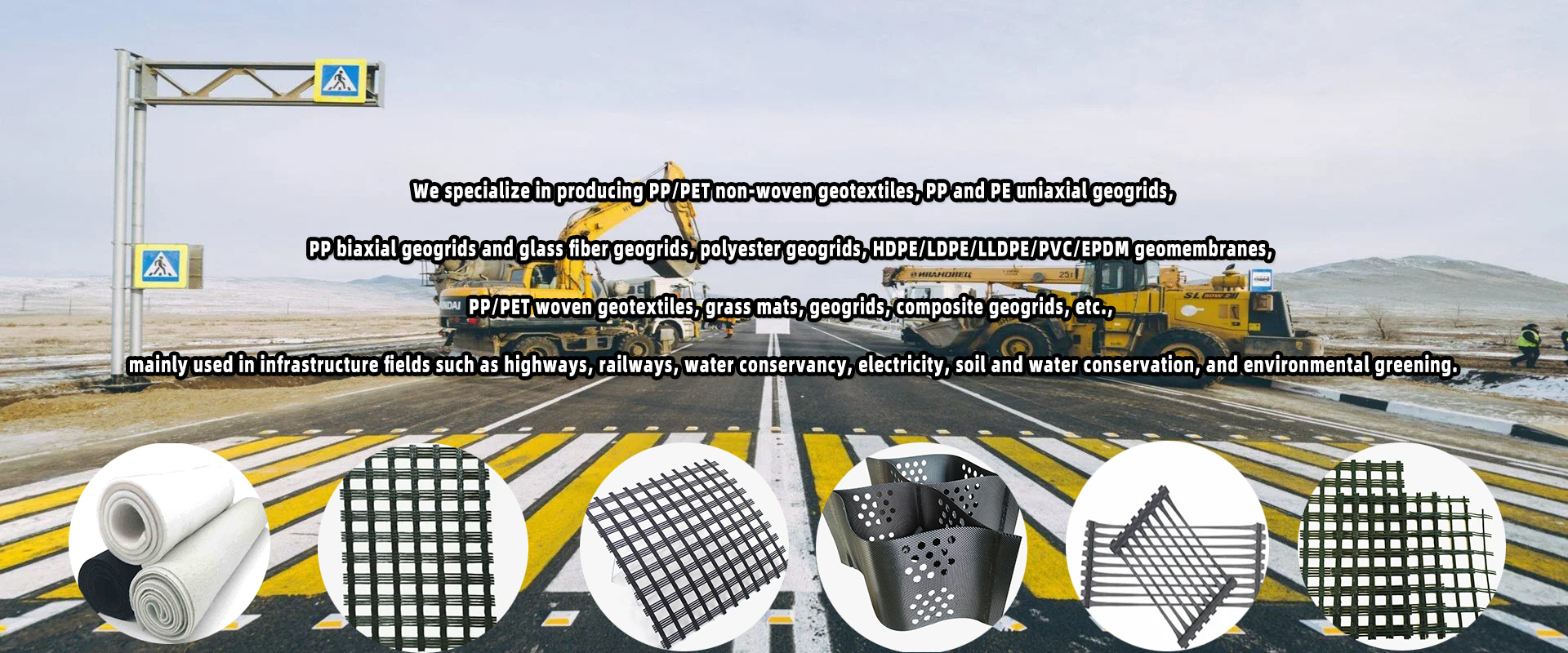"Choose the Right Weight of Nonwoven Geotextile Fabric for Your Project Needs"
Release time:
2024-11-11
Non-woven geotextile fabric comes in different weights to cater to various engineering needs. In the realm of civil engineering and construction, the weight of the geotextile fabric plays a crucial role in determining its effectiveness and suitability for specific applications.
Lightweight geotextile fabrics, typically ranging from 100 to 200 g/m², are commonly used for filtration, drainage, and erosion control applications. These fabrics provide adequate strength and durability while allowing for proper water flow and filtration. They are often used in landscaping projects, road construction, and slope stabilization where moderate levels of reinforcement are required.
Medium-weight geotextile fabrics, with a weight range of 200 to 400 g/m², offer increased strength and stability compared to lightweight fabrics. They are often used in applications such as subgrade stabilization, asphalt overlay, and railway ballast separation. These fabrics provide enhanced filtration and separation capabilities while offering sufficient strength to withstand moderate loads and stresses.
Heavyweight geotextile fabrics, with weights exceeding 400 g/m², are designed for applications that require high strength, durability, and reinforcement. These fabrics are commonly used in projects such as embankment reinforcement, retaining wall construction, and landfill lining. They provide superior filtration, separation, and reinforcement properties, ensuring long-term stability and performance in demanding engineering projects.
In conclusion, the weight of non-woven geotextile fabric plays a significant role in determining its performance and suitability for specific engineering applications. By selecting the appropriate weight based on the project requirements, engineers can ensure the successful implementation of geotextile solutions that meet the desired performance standards and deliver long-lasting results.




